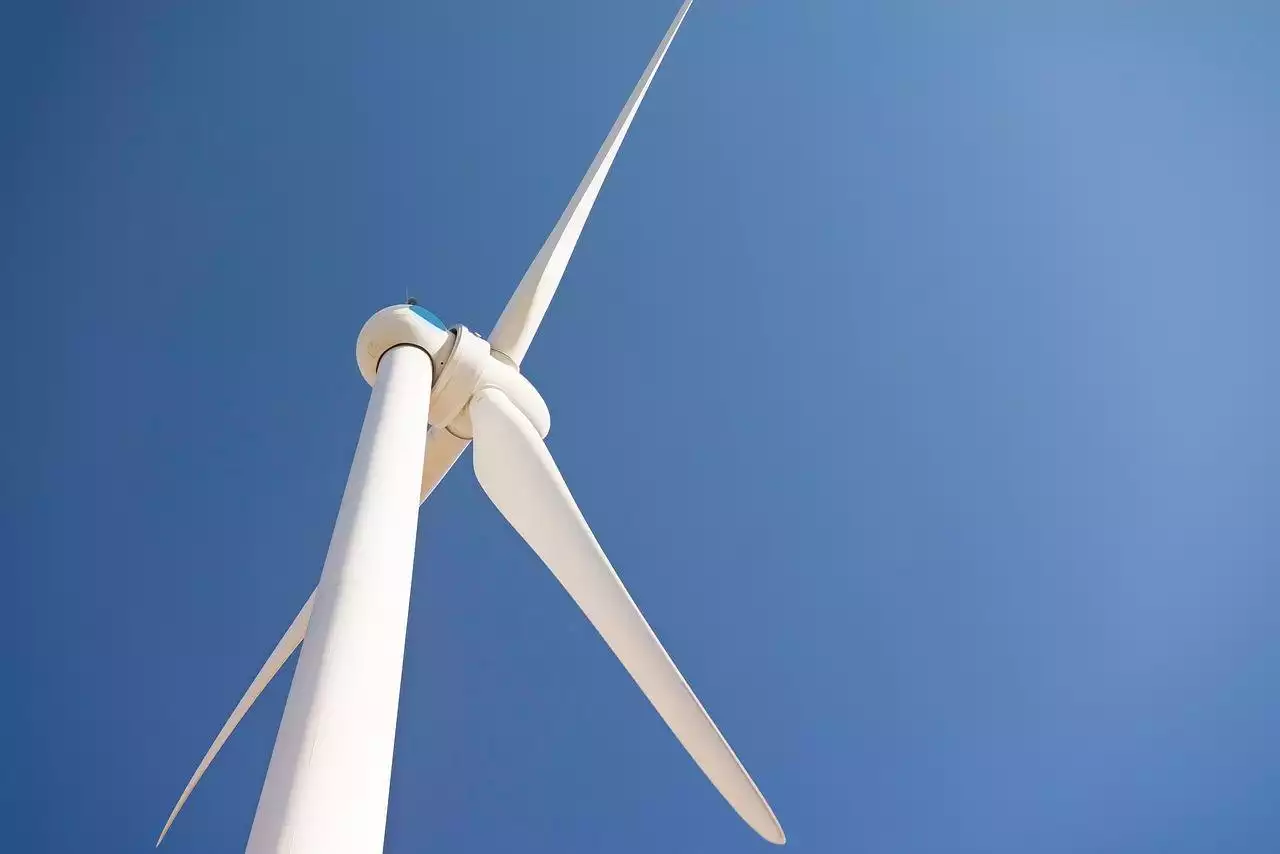The Green Energy Industry is a broad term used to describe the growing and changing industry of energy production, particularly renewable energy production. The industry is constantly evolving as new technologies are developed and as the public’s demand for renewable energy grows.
Renewable energy is energy that is collected from natural resources that are replenished or preserved. The most common renewable energy resources are: sunlight, wind, hydroelectric power, biomass and geothermal energy.
Renewable energy projects harness these resources to provide electricity and drive machinery in a renewable energy industry. The projects can be mini or micro, generating power for individual homes or businesses, or they can be larger, community-based projects that produce energy for nearby towns and cities. The small-scale projects are more common in developed nations and are an excellent way for individuals and businesses to take advantage of the many benefits of renewable energy.
Wind Power
Wind power is arguably the most popular form of renewable energy. As the name suggests, it comes from the wind. Wind turbines use the kinetic energy of moving air to generate electricity. Wind farms consist of multiple wind turbines connected to a central power generator.
Wind power has been widely used since the early 20th century. The U.S. was an early pioneer of wind power, and today, Germany, China and India are among the top producers of wind power.
The intermittent nature of wind power means that it only produces power when the wind is blowing, and it cannot be stored for use when the wind isn’t blowing. This means that wind power must be integrated with an existing reliable power supply.
Hydroelectric
Hydroelectric power is generated by the movement of water through dams and other artificial barriers. Hydropower is the largest source of renewable electricity and is often cited as a clean and affordable electricity source due to its abundance in nature.
The Hoover Dam, the second largest man-made structure in the United States, is primarily powered by hydroelectricity.
Hydroelectric dams can store energy in the form of water when electricity is not needed, and then use the stored water to produce electricity when demand is high. This stored water can be released back into rivers when power is not needed, reducing the amount of freshwater consumed by electricity generation and increasing the efficiency of hydroelectric power in comparison to other renewable electricity sources.
Solar Energy
The final major source of renewable energy is solar energy. It is produced by the sun and can be used to produce electricity in much the same way that fossil fuels are used.
The major difference is that solar energy is not harvested from plants or animals, but rather from the sun itself. As a result, it is considered to be a virtually limitless source of energy.
While the use of solar energy to produce electricity has grown rapidly in recent years, it is still a relatively new technology. Consequently, installing large-scale solar energy plants can be expensive. But, as the cost of generating electricity from renewable energy sources continues to fall, more and more people are installing solar panels to produce their own energy and reduce their carbon footprint.
Renewable Energy and Climate Change
Climate change is a complex and highly debated issue. Much of the scientific research into climate change and its causes is based on hypothesis and assumptions, and as a result, different research groups come to different conclusions.
Some research suggests that climate change is due to natural factors such as solar variability and ocean currents, while other research suggests that human activity is the primary driver behind climate change.
Regardless of which factors are responsible for climate change, one thing is certain: climate change is happening, and it will affect all of us.
The Benefits of Renewable Energy
The primary benefit of the renewable energy industry is the emission-free generation of electricity. Many renewable energy projects produce zero emissions, making them an excellent choice for people and businesses who are interested in lowering their greenhouse gas emissions.
Another benefit of renewable energy is that it provides energy security. Countries around the world are investing heavily in renewable energy as an alternative to fossil fuels. This investment helps to provide energy in the future, when fossil fuel supplies are uncertain.
Investment in renewable energy also creates jobs. This is a positive for many reasons: it provides additional income for workers and their families, it provides employment for an increasingly aging population and it reduces the pressure on government resources, particularly during economic downturns.
Conclusion
As the demand for electricity grows and the need to reduce carbon emissions grows with it, the use of renewable energy sources is becoming more popular.
Renewable energy, as the term is commonly understood, includes solar, wind, biomass and geothermal energy.
While the term “renewable” is often used to refer to these various forms of energy, technically speaking, all of these resources are naturally replenished or preserved.
The most common forms of renewable energy are hydroelectricity, wind power, solar power and biomass energy.
The industry is constantly evolving as new technologies are developed and as the public’s demand for renewable energy grows.


 The iPhone and the iOS System
The iPhone and the iOS System Useful Mobile Phone Accessories to Have
Useful Mobile Phone Accessories to Have Devices to use with iOS
Devices to use with iOS The Military and the Internet Relationship
The Military and the Internet Relationship The Biggest Industries in the World
The Biggest Industries in the World What makes up the Petroleum Industry?
What makes up the Petroleum Industry? The Coal Industry Today and Tomorrow
The Coal Industry Today and Tomorrow Industry – The Car Industry and its Future
Industry – The Car Industry and its Future Manufacturing and its Future in a Digital World
Manufacturing and its Future in a Digital World A Basic Understanding of the Pharmaceutical Industry
A Basic Understanding of the Pharmaceutical Industry